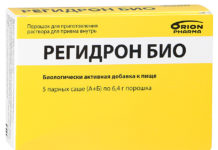Red tea is the Chinese name for black tea. It is characterized by high fermentation, rich taste and a lot of positive properties. The only difference between black tea leaf and red tea is the degree of fermentation. In the first case, it reaches 90%, in the second case - 60-70%.
Material Content:
Red Chinese tea - chemical composition and calorie content
Differences of black tea from red are invisible to the average buyer. Both teas are made from one leaf. They are distinguished by the degree of processing, which makes red tea more useful. Due to the nature of fermentation, red tea has a rich burgundy color.
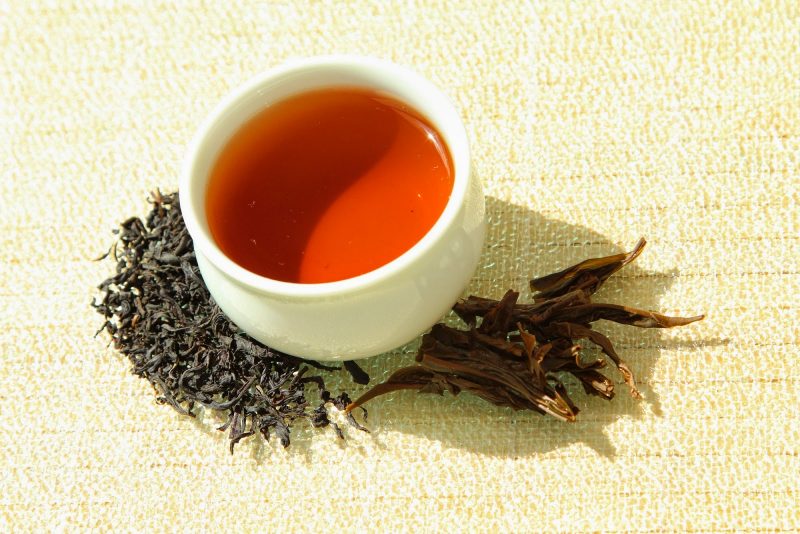
The composition of the drink:
- pectins;
- flavonoids;
- thein;
- essential oils;
- vitamins A, B, C, E, K;
- micro and macro elements (including calcium, magnesium, iron).
Tea has an invigorating effect, acts as a powerful antioxidant and is completely harmless to the figure, because its calorie content is 1 calories per 100 g of dry product. Of course, if you add sugar to tea, the calorie content of the drink will increase in proportion to the amount of refined sugar.
What plant flowers make red tea?
True red tea, which is drunk in China, is made from the familiar tea leaf. However, unlike black tea common in Europe, this product has a different shape. Red tea is folded with long enough leaf sticks, which when brewed open in boiling water in bizarre shapes. The leaf itself is not as dark as black tea, and is rather brown.Such differences in color and appearance of the leaves are due to the peculiarities of fermentation. When brewing, red tea has a rich brown-burgundy color.
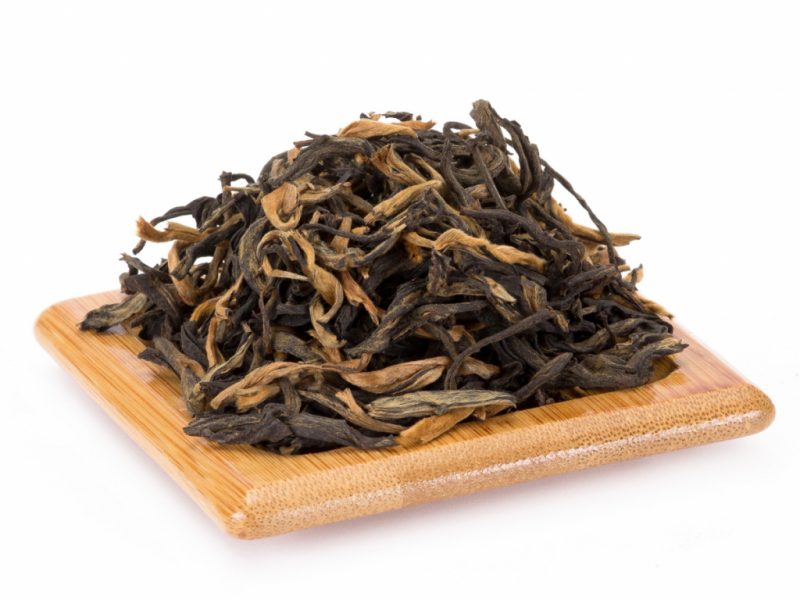
In Europe, hibiscus tea is often called red. The logic of Europeans is simple and understandable - if the drink is red, then it is red tea. Therefore, the question often arises of what flowers of a plant make red tea. When it comes to a drink known as hibiscus, dried Sudanese rose flowers are the raw material. Hibiscus is characterized by a characteristic sour taste, and indeed it can rightfully be called red tea, but the properties of these two drinks are completely different, which must be taken into account when choosing tea to improve health.
What is the name of the drink?
It’s easy enough to get confused in terminology. The drink, known as red tea, is called black tea in Europe. This is not entirely true, since these two varieties differ in properties and composition. Thus, the name of red tea - it depends on the region. In Europe it is called black, in China and Asian countries - red.
Black tea in China is called puer, which is made from buds and old leaves of the bush.
Red tea can be called hibiscus, but this is not entirely true. The word "hibiscus" is the name of the drink, which is made from Sudanese roses. Hibiscus red tea has a sour taste and has a hypotensive effect, that is, it lowers blood pressure. Real red tea, called black in Europe, has a slightly tart taste with floral and honey notes, and has a pronounced antioxidant effect.
Red tea: benefits for the body
To understand how red tea is useful, you should carefully consider its composition. The full composition of the drink has more than 30 different compounds, including vitamins and minerals.
The drink has a tonic effect. This is due to the presence of thein in the composition - a special substance that is the result of the interaction of caffeine and tannin contained in fresh leaves of the tea bush.
Thein acts softer than caffeine, does not accumulate in the body, but has a slight stimulating effect on the nervous system, giving a charge of vigor.
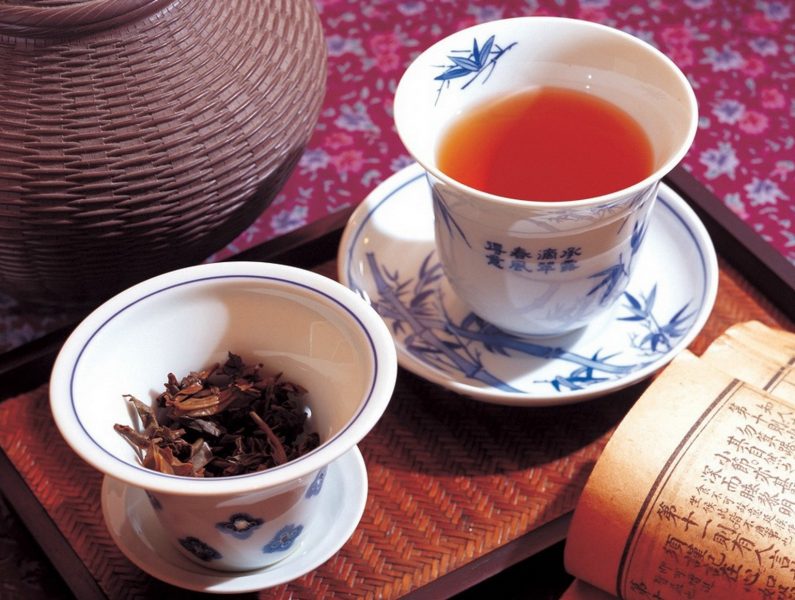
Amino acids and essential oils in the composition of the leaves from which the drink is made are distinguished by a pronounced antioxidant effect. Thanks to this, the drink retains youth, improves overall well-being, protects the cardiovascular system and reduces the level of "bad" cholesterol.
Due to its vitamin content, red tea improves immunity. B vitamins have a positive effect on the functioning of the nervous system, and when combined with magnesium, they act as a natural remedy for controlling stress. Vitamins A, C and E support immunity, preserve youth, improve the functioning of internal organs. These substances support the elasticity of blood vessels, so red tea can be considered one of the effective means of preventing age-related diseases of the cardiovascular system, for example, atherosclerosis or hypertension.
Tea has a general strengthening effect. It is proved that a high-quality drink of elite varieties not only enhances immunity, but also prolongs the life span.
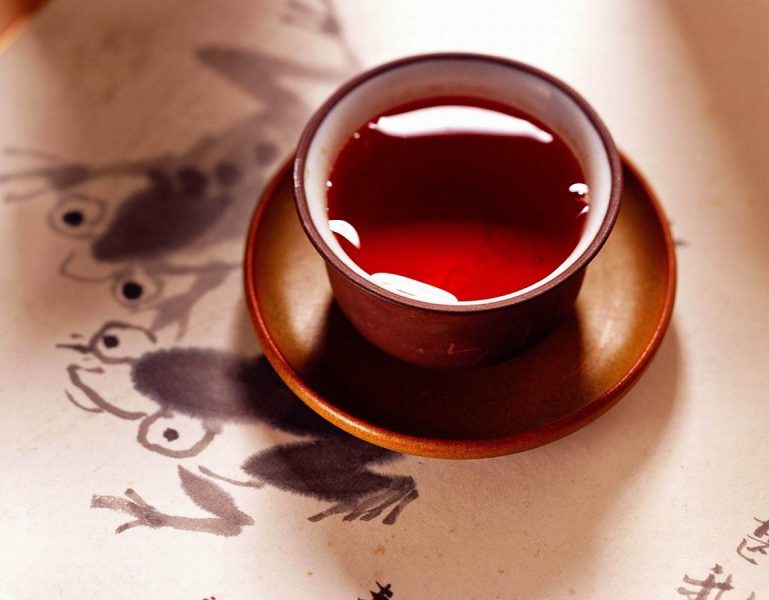
Hibiscus red tea also has a lot of positive properties, including:
- tonic effect;
- lowering blood pressure;
- improvement of immunity;
- lower blood sugar and cholesterol;
- general strengthening effect.
The health benefits of red tea are manifested only with regular use, with the condition of proper brewing of the drink.
What are the varieties of tea?

The most popular and popular varieties of red tea:
- Yunnan;
- Golden Yunnan;
- Kimun;
- Sweet ottoman;
- Red peony;
- “Smoked tea”;
- milk oolong.
Characteristic.
- Yunnan or Dian Hong is a tea variety from the province of the same name.It belongs to the elite varieties, has a specific tart taste and rich aroma. Tea is made from young leaves of the bush, the kidneys are additionally used. Leaves "wither" in special conditions, as close as possible to natural. As a result of such artificial aging, tea retains all its beneficial properties. Then the dried leaves are twisted into flagella, and the tea is fermented.
- Golden Yunnan is a type of Yunnan tea. For cooking use only the kidneys. A characteristic feature of the drink is the pronounced taste of honey.
- Keemun is grown in the eponymous province of China. The drink has a rich burgundy color and floral aroma.
- Sweet Ottoman red tea has a sweet taste with a touch of apricot.
- Red peony got its name because of a special method of twisting leaves. In production, only kidneys and young leaves are used, which are twisted into a box. When brewing, the box “blooms” and the tea opens like a peony. The drink has a tart rich taste.
- Smoked tea or Lapsang Souchong is made from large, ripe leaves that are smoked and simmered over a fire. The drink has a dark red color and astringent taste with a note of resin.
- Red milk tea or oolong tea is a drink with a soft smack of milk. During drying, the leaves are treated with milk, due to which the tea acquires a specific aroma.
How to brew and drink?
You should drink tea regularly, but as a drink, not a medicine. It is recommended to have tea parties between main meals.

Drinking red tea on an empty stomach is not recommended - it irritates the stomach and can cause nausea.
Before you drink a cup of aromatic drink, you should let it cool. Too hot tea is dangerous for the mucous membranes of the mouth and esophagus, while a cooled drink does not bring health benefits, so the optimal temperature is 45-50 C.
Tea should not be brewed for a long time. Long-term infusion of the drink is dangerous, this can lead to an exacerbation of gastrointestinal diseases and cause nausea.
At what temperature and how long does it take to brew tea
The drink is poured with boiling water. For cooking, you need to pour a few leaves on the bottom of the teapot, pour water, brought to 90-100 and close the lid for insisting.
Tea should stand for at least two, but no more than seven minutes. The optimum time depends on the variety selected and is usually indicated by the manufacturer on the packaging. After the drink is infused, it is poured into cups and drunk slowly. The amount of tea depends on your own preferences and the volume of the teapot.
Contraindications and harm
Red tea is not recommended for pregnant women. You can drink it only with the normal course of pregnancy and not more than one cup per day. This limitation is due to the invigorating effect of thein.

With exacerbation of gastritis, cholecystitis or peptic ulcer, the drink should be discarded. Tea is not recommended to be drunk on an empty stomach, especially for digestive problems.







